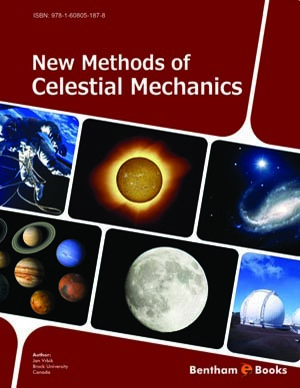Abstract
The use of time-dependent convection has partially resolved the problem of the red edge of the δ Scuti instability strip. Both the κ mechanism and convective blocking are active driving agents in these stars. Recent space observations have destroyed the separation between δ Sct and γ Dor stars in the HR diagram. It seems that a cool δ Sct star is distinguished from a γ Dor star only in the relative amplitudes of the low and high frequencies and that hybrid behaviour is normal in most of these stars. In some δ Sct stars there are a large number of observed frequencies and in a few of these stars the spherical harmonic degree of many of these modes known. In spite of this, asteroseismology of these stars has not been successful. High-amplitude δ Sct stars offer interesting viewof the transition between δ Sct and Cepheid pulsations and provide valuable insights on the mode selection mechanism. The nature of the pulsations in peculiar stars such as λ Boo, Am and Ap stars still need to be understood. Recent models of Am stars taking disusion into account have led to a better understanding of the location of these stars in the HR diagram. However the detection of several pulsating Ap stars from recent space observations may pose a challenge. The number of pulsating pre-main sequence stars has increased greatly in recent years, but modelling of these stars has been slow. Attempts to detect predicted pulsation in brown dwarfs are also discussed.




